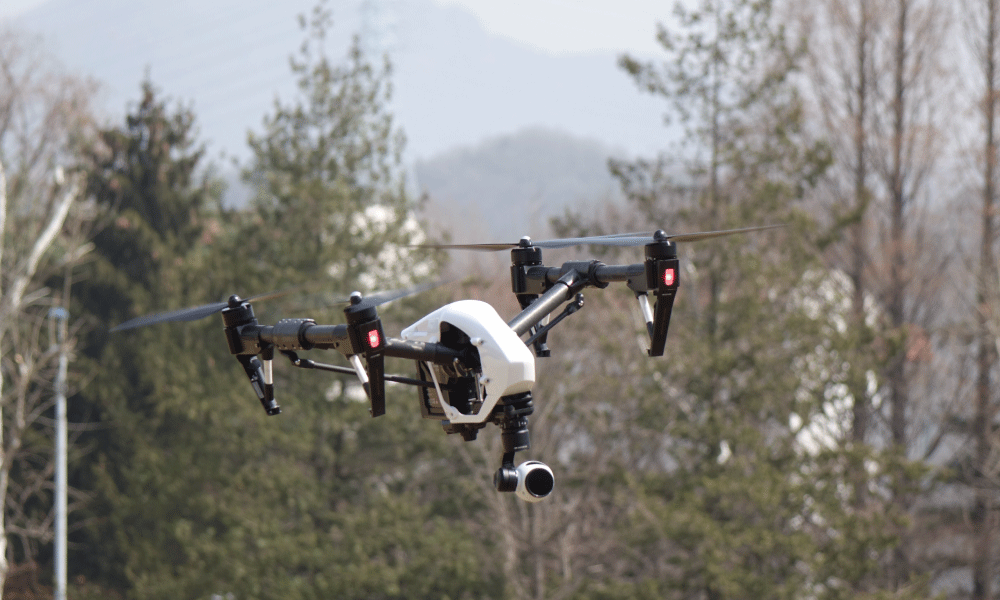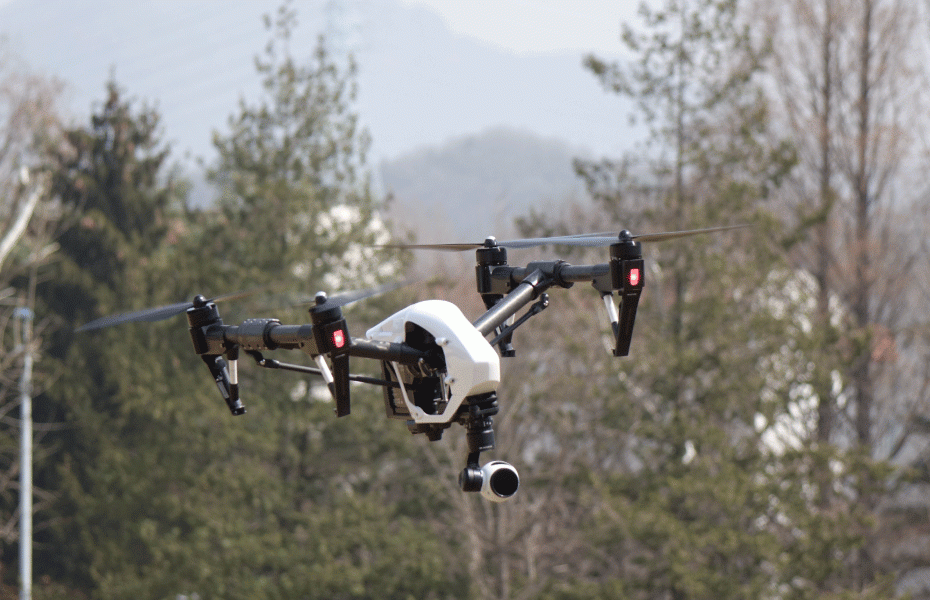
Easy access to space-age technology has allowed hunters in the United States to scout more effectively, stalk more precisely, and bag more legal game. But those same tools have also benefited poachers, and fish and wildlife agencies have been forced to improve their strategies right alongside them.
A new report from South Carolina’s The Post and Courier highlighted a few of these methods, though both state and national agencies are tight-lipped about modern-day poaching techniques and the ways wildlife officials bag their own kind of game.
“We’ve had to evolve,” said South Carolina Department of Natural Resources Lt. Angus MacBride. “It’s not only technologies but strategies that have changed.”
One South Carolina poacher used the GPS on his phone to target both ducks and deer out of season and at night. He broke the law 56 times in a single month but was caught when SC DNR officials used his own strategies against him: they put a GPS device on his vehicle and tracked him every step of the way.
SEE ALSO: Social Media Proving to be a Useful Tool to Catch Poachers
Other poachers use Google aerial imaging, hand-held radios, and drones to figure out which spots to target, how to access them, and how to get away quickly. They also take advantage of commercially available night vision optics and high-power rifle scopes to see and hit game more easily.
What some are calling the “Golden Age of Poaching” is changing the map for poachers and law enforcement alike.
“[Modern technology] brings in land that people didn’t know existed before,” SC DNR Sgt. Freddie Earhart told The Post.
But wildlife officials have kept pace. The Post pointed to one incident in which an SC DNR officer used an electric bike with night vision goggles to approach and apprehend a deer poacher who otherwise might have heard him coming. Officers catch other poachers using phone and laptop tracking methods, though some make it easier than others: one poacher in South Carolina was caught after he posted images on social media bragging about the game he’d killed.
SEE ALSO: New Jersey Anti-Hunting Activists Work To Ban Hunting Town By Town
South Carolina wildlife officials were quick to point out that while technology is advancing, the same tried-and-true methods are still relevant.
“The most important tool for success in the anti-poaching venture is to use driven, crafty, fearless woodsmen of integrity,” former SC DNR wildlife officer David Strickland told The Post.
The oldest tracking “technology” hasn’t retired yet, either. An SC DNR Labrador retriever named Blue caught two poachers last year who had been illegally hunting in a Francis Marion National Forest wildlife management area.
“There’s only so much technology that can help you in this area,” Earhart said. “Blue might not be technology, but he is. A good old-fashioned dog and his nose is hard to beat.”
